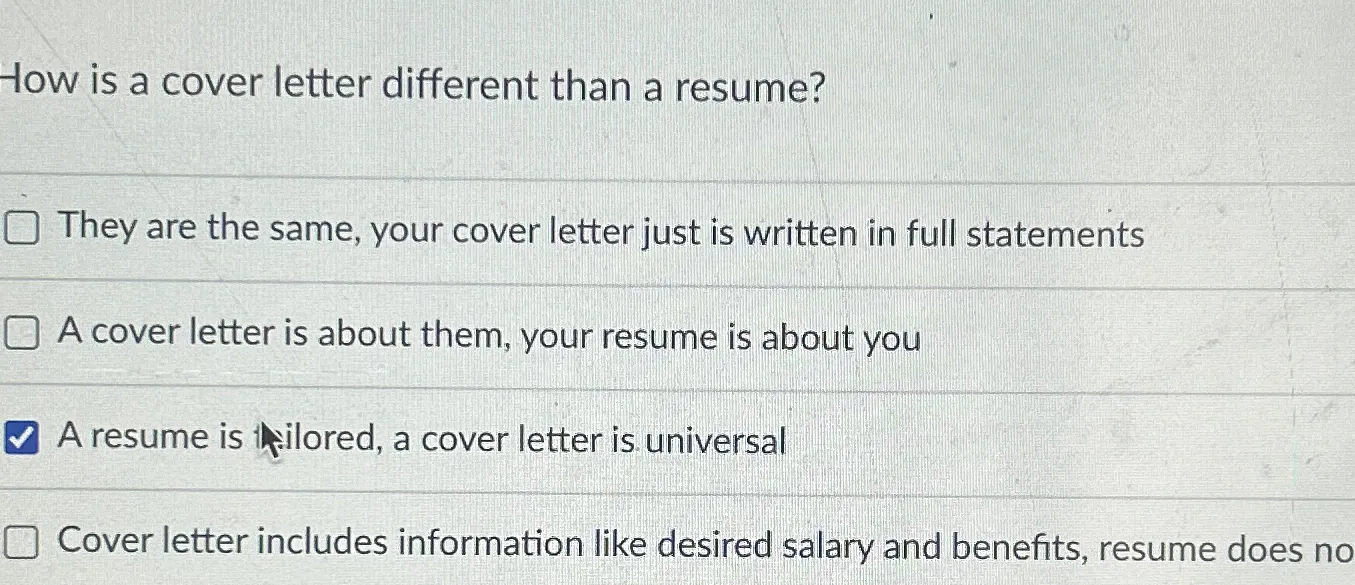The Importance of Cover Letters
In the competitive landscape of modern job applications, the question of whether a cover letter is necessary alongside your resume often arises. The truth is, while a resume provides a snapshot of your skills and experience, a cover letter offers the opportunity to delve deeper, to personalize your application, and to showcase your unique value proposition. It’s your chance to tell a story, to explain why you’re the perfect fit for the role, and to demonstrate your genuine interest in the company. While the role of cover letters has evolved, they remain a critical component for making a strong first impression. Understanding the value of cover letters can significantly boost your chances of landing an interview and ultimately, the job. Including a well-crafted cover letter can be the deciding factor in whether your application stands out from the crowd.
Why Cover Letters Still Matter in Job Applications
Despite the digital age, cover letters remain important. They are a valuable tool for several reasons. First, a cover letter allows you to expand on your resume, providing context and depth to your qualifications. You can highlight specific achievements, elaborate on your skills, and explain how your experience aligns with the job requirements. Second, cover letters demonstrate your communication skills. A well-written cover letter showcases your ability to articulate your thoughts clearly and persuasively, which is crucial in any professional role. Third, cover letters allow you to personalize your application. By tailoring your letter to each job, you show employers that you’ve taken the time to understand their needs and that you’re genuinely interested in the opportunity. A generic application is easily recognized and often disregarded. Finally, cover letters can help you stand out from other candidates by showcasing your personality, enthusiasm, and genuine interest in the role and the company.
Cover Letters and Resume: A Powerful Combination
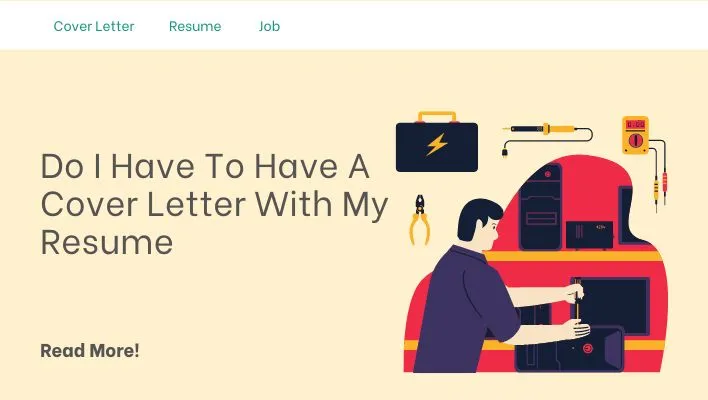
Think of your resume and cover letter as a dynamic duo, each playing a vital role in your job application strategy. The resume provides a concise overview of your professional history, skills, and education. It’s a factual document designed to quickly inform the employer of your qualifications. The cover letter, on the other hand, is a narrative companion. It’s your opportunity to connect with the hiring manager on a personal level, expressing your enthusiasm for the role and explaining why you’re the best candidate. A well-crafted cover letter complements your resume by expanding on the key points, providing context, and showcasing your personality. It allows you to demonstrate your communication skills, highlight your relevant experience, and express your genuine interest in the company. When used together, the resume and cover letter form a cohesive and compelling application that significantly increases your chances of securing an interview. The combination gives the employer a complete picture of you as a candidate.
Cover Letter vs Resume What are the key differences?
The resume and the cover letter serve different purposes in the job application process, but both are important. The resume focuses on the factual, providing a concise summary of your work experience, skills, education, and accomplishments. It’s structured in a way that’s easy for employers to quickly scan and assess your qualifications. The cover letter, in contrast, is more narrative. It’s your chance to tell the story of why you are a good fit for the job. The cover letter allows you to express your personality, enthusiasm, and communication skills. It gives you the opportunity to expand on your experience, explain any gaps in your employment history, and demonstrate your understanding of the role and the company’s needs. The resume is a static document, while the cover letter is dynamic. While the resume is generally tailored to the type of job you are applying for, the cover letter must be customized for each individual job. It is important to include your own tone and voice to make the cover letter a unique piece of the whole application.
When a Cover Letter is Absolutely Necessary
There are several situations where including a cover letter is non-negotiable. When the job posting specifically requests one, it’s essential to comply. Not submitting a cover letter in these cases could be an immediate disqualifier, as it suggests you haven’t paid attention to detail or aren’t following instructions. If you’re applying for a role that requires significant writing or communication skills, a cover letter is your opportunity to showcase your abilities. This is especially true for positions in marketing, communications, or journalism. Furthermore, if you have gaps in your employment history, career changes, or other factors that need explaining, a cover letter is the perfect place to address them. It allows you to proactively explain any anomalies and frame them positively. In some industries or companies, cover letters are simply expected as part of the application process. Researching the company culture and application guidelines can give you the insight you need. Ignoring these crucial details can be detrimental to your application.
Situations Where a Cover Letter Might Be Optional
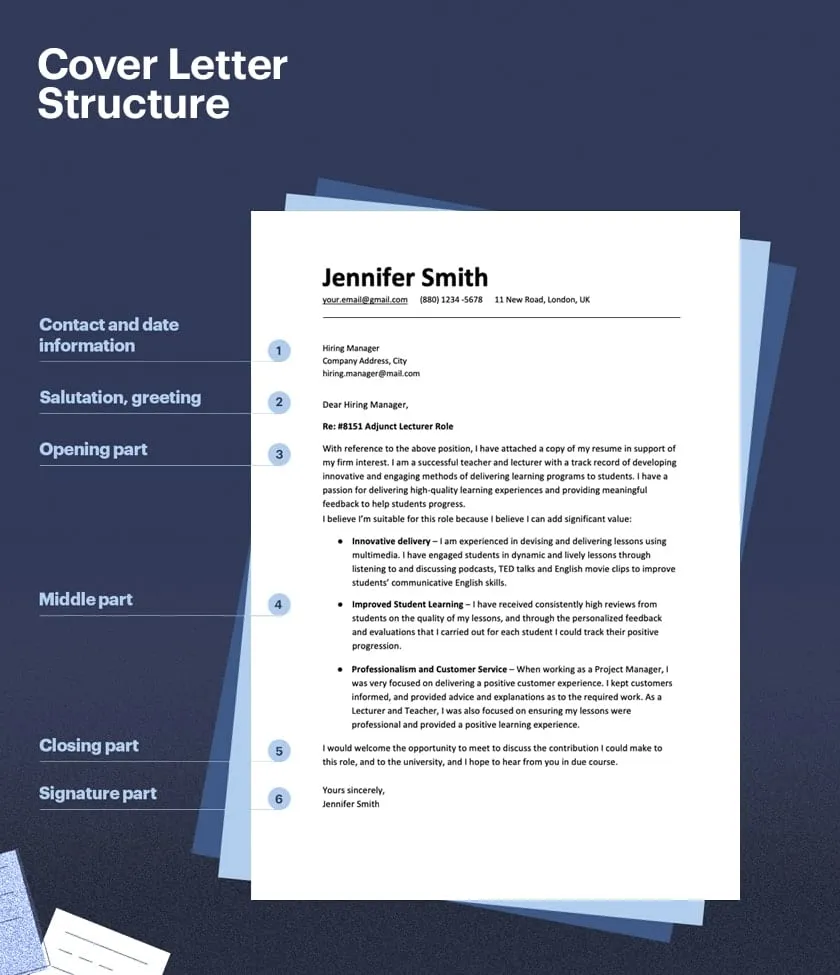
While cover letters are frequently recommended, there are instances where they might be considered optional. Some job postings may explicitly state that a cover letter is not required. In these cases, it’s generally best to follow the instructions provided by the employer. Certain industries, particularly those in tech or some creative fields, might place less emphasis on cover letters. However, even in these areas, a well-crafted cover letter can still give you an edge. When applying through online application systems that don’t provide a field for a cover letter, you may not need to include one. In such cases, focus on optimizing your resume to make it stand out. Regardless of the situation, it’s important to assess the specific job requirements and tailor your application accordingly. If in doubt, it’s usually better to err on the side of caution and include a cover letter, even if it’s a brief and targeted one.
The Impact of Not Including a Cover Letter
Omitting a cover letter can have a significant impact on your job application. One of the most immediate consequences is that it can make you appear less prepared or less enthusiastic. Hiring managers may perceive your application as incomplete, particularly if the job posting implicitly or explicitly suggests that a cover letter is expected. Without a cover letter, you miss the opportunity to personalize your application and demonstrate your genuine interest in the role and the company. This can be a disadvantage, especially in highly competitive job markets where every detail counts. In some cases, not including a cover letter can lead to your application being automatically rejected, especially if the employer specifically asks for one. Even if your resume is strong, the lack of a cover letter can give the impression that you haven’t taken the time to tailor your application to the specific job requirements. This may cause the hiring manager to think you are not genuinely interested in the position. This can be a serious error, especially if you really want the job.
Essential Components of a Cover Letter
A compelling cover letter includes several essential components. Start with a professional header that includes your contact information and the date. Address the hiring manager by name if possible, to personalize your application. In the opening paragraph, state the position you’re applying for and where you found the job listing. Then, express your enthusiasm for the opportunity and the company. The body of the letter should highlight your relevant skills, experience, and achievements, providing specific examples to illustrate your capabilities. Tailor your content to match the job requirements and demonstrate how you can add value. Explain why you’re interested in the role and how it aligns with your career goals. Close with a strong call to action, expressing your eagerness for an interview and thanking the hiring manager for their time and consideration. Proofread carefully to ensure there are no errors.
Formatting Your Cover Letter for Maximum Impact
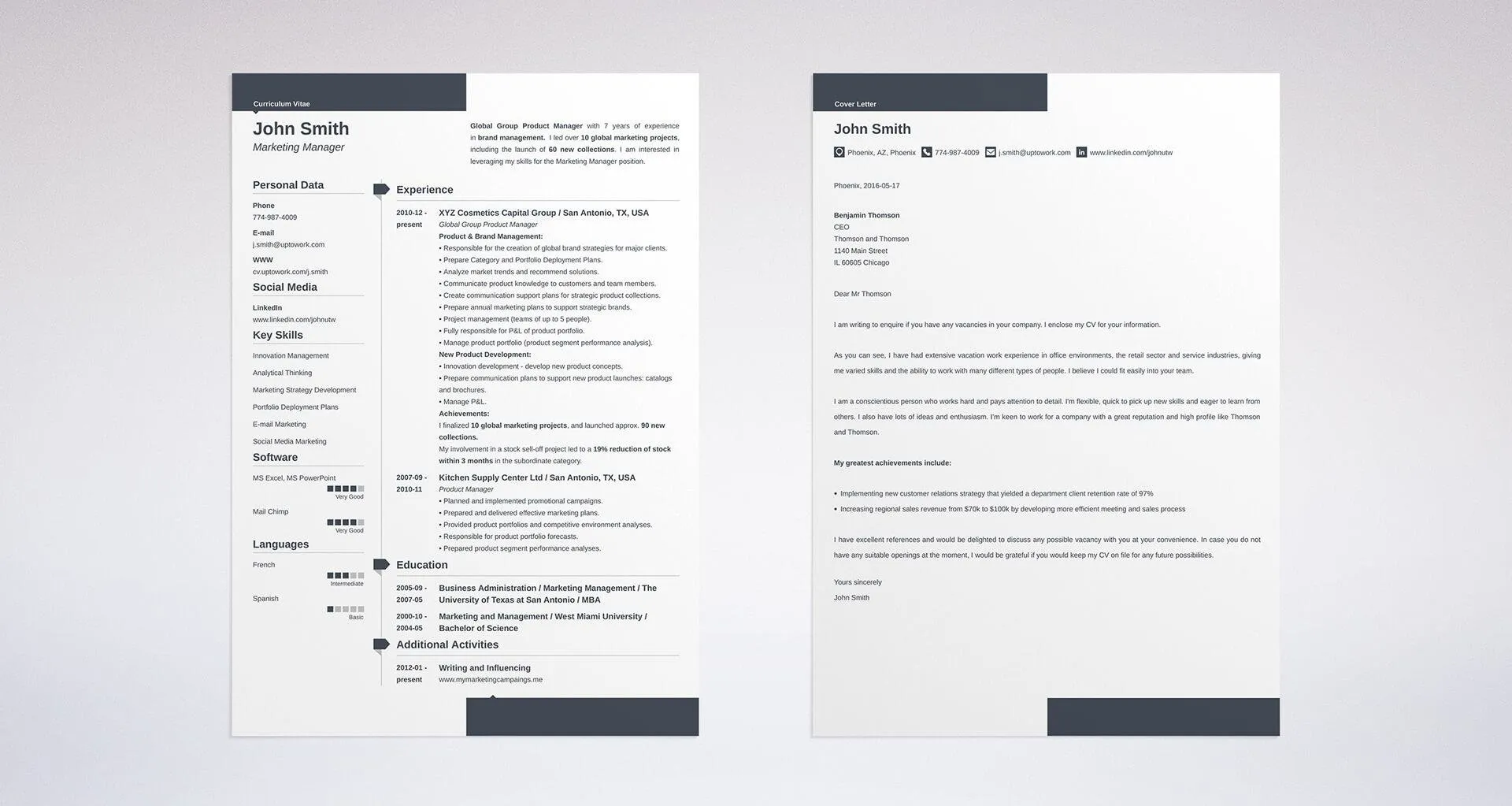
Effective formatting can significantly enhance the impact of your cover letter. Use a professional, easy-to-read font such as Times New Roman, Arial, or Calibri, with a font size between 10 and 12 points. Maintain consistent margins (usually one inch) throughout the document. Structure your letter with clear paragraphs, using headings or bullet points to break up long blocks of text and make it easy to scan. Keep your letter concise, aiming for no more than one page. Use action verbs to start each sentence. Ensure your letter is properly aligned. Proofread the letter carefully for any grammatical errors, spelling mistakes, or typos. Consider the overall visual appeal of your letter, ensuring it’s well-organized, clean, and easy to read. A well-formatted cover letter demonstrates professionalism and attention to detail, making a positive impression on the hiring manager.
Tailoring Your Cover Letter to Each Job Application
One of the biggest mistakes you can make is submitting a generic cover letter. To increase your chances of success, it’s essential to tailor each cover letter to the specific job and the company. Start by carefully reviewing the job description and identifying the key skills, qualifications, and experiences that the employer is seeking. Use these keywords and phrases throughout your cover letter, demonstrating how you meet the requirements. Research the company and its values, and explain why you’re excited about the opportunity and what you can bring to their team. Provide specific examples of your achievements that are relevant to the role. This shows that you’ve taken the time to understand the role and are genuinely interested in the company. Avoid simply reiterating your resume; instead, use the cover letter to expand on your key qualifications and highlight how your skills align with the job requirements.
Showcasing Your Skills and Experience in a Cover Letter
Your cover letter is the perfect place to showcase your skills and experience, but it’s not enough to simply list them. Instead, provide specific examples that demonstrate your capabilities. Start by identifying the key skills and experiences that are most relevant to the job. Then, use the STAR method (Situation, Task, Action, Result) to illustrate your achievements. Describe the situation you were in, the task you were assigned, the actions you took, and the positive results you achieved. Quantify your achievements whenever possible. If you increased sales by a certain percentage, reduced costs, or improved efficiency, include those details to make your claims more credible. Tailor your examples to match the job requirements. Highlight the skills and experiences that are most important to the employer. Avoid generic statements and focus on providing concrete examples that prove your abilities. By showcasing your skills and experience effectively, you can convince the hiring manager that you’re the right candidate for the job.
Highlighting Your Personality and Enthusiasm
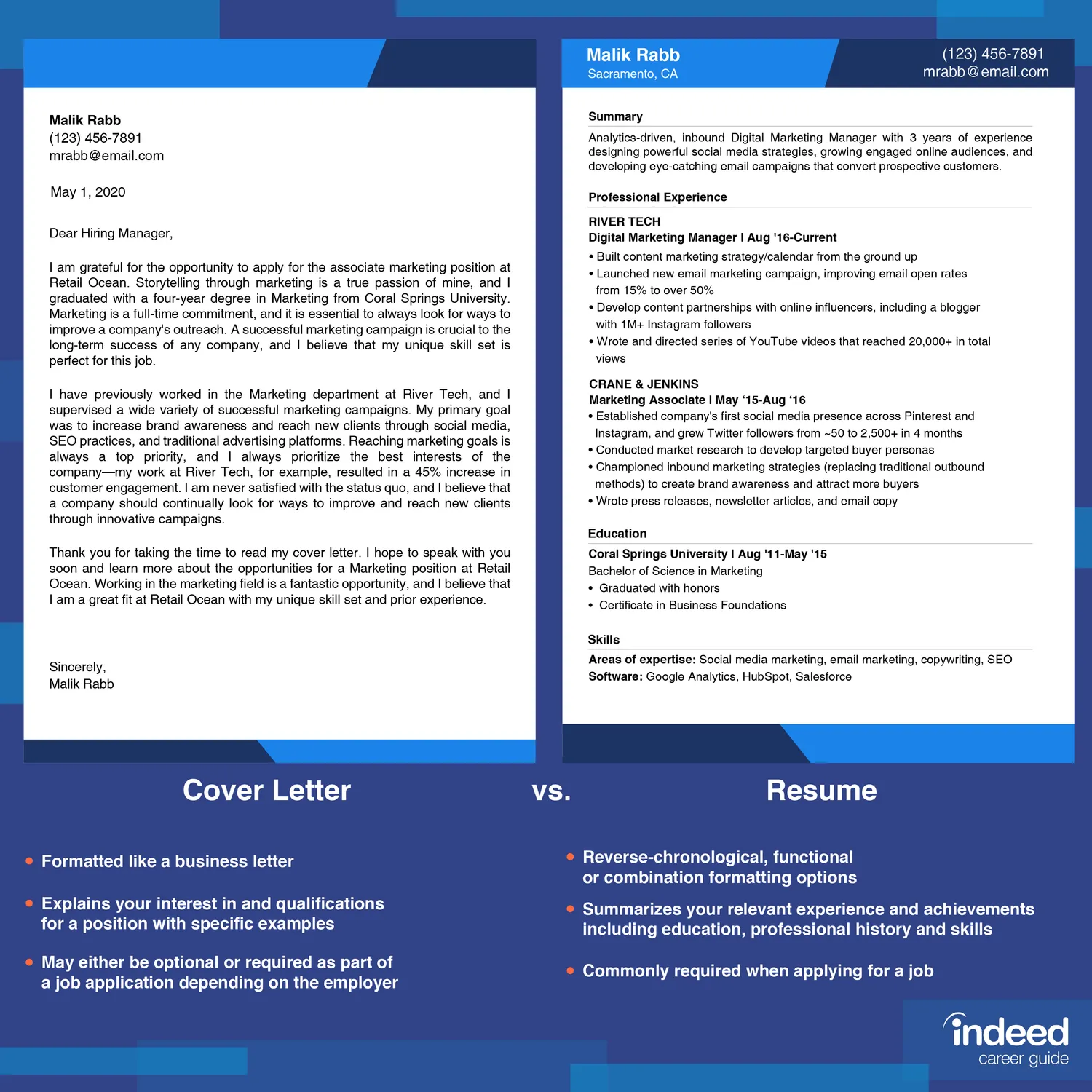
One of the best advantages of a cover letter is the opportunity to highlight your personality and enthusiasm, making you stand out from other applicants. Use a professional but conversational tone to let your personality shine through. Express your genuine interest in the role and the company, demonstrating that you’ve done your research and understand their mission and values. Share what motivates you and what makes you excited about the opportunity. This shows you’re not just looking for a job but are truly interested in contributing to their success. Don’t be afraid to inject a bit of your unique personality into your writing. However, it’s essential to maintain a professional tone and avoid being overly casual. By showcasing your personality, you can demonstrate that you’re a good fit for the company culture and that you’re a passionate, engaged individual who is eager to contribute. Make sure you let your enthusiasm shine through, but don’t overdo it.
What to Avoid in Your Cover Letter
There are several things you should avoid in your cover letter to ensure it makes a positive impression. Never use a generic cover letter. Always tailor your letter to the specific job and company. Avoid simply repeating your resume. Your cover letter should expand on your qualifications and provide context. Don’t include negative information about your previous employers or colleagues. Focus on your positive attributes and achievements. Refrain from using clichés or overly formal language. Keep your writing clear, concise, and engaging. Avoid typos, grammatical errors, and spelling mistakes. Proofread your letter carefully before submitting it. Do not include salary expectations unless specifically requested. Finally, don’t make the letter too long. Aim for a single page to keep the hiring manager’s attention.
Common Mistakes to Avoid in Cover Letters
Several common mistakes can undermine the effectiveness of your cover letter. Using a generic template instead of tailoring the letter to the specific job is a major error. Failing to address the letter to a specific person or using a generic greeting is also a misstep. The use of vague language and lack of specific examples can make your letter unconvincing. Repeating information from your resume without providing additional context is another common mistake. Typos, grammatical errors, and spelling mistakes can create a negative impression of your attention to detail. Being overly formal or using jargon that the reader may not understand can also be a problem. Not proofreading your letter carefully before submitting it is a costly error. Overstating your skills or experience can damage your credibility. By avoiding these common mistakes, you can create a cover letter that effectively showcases your qualifications and increases your chances of landing an interview.
Proofreading and Editing Your Cover Letter

Proofreading and editing your cover letter is crucial for ensuring that it makes a positive impression. Always set aside time to carefully review your letter for any errors. Check for typos, grammatical errors, spelling mistakes, and punctuation issues. Read your letter out loud. This can help you catch awkward phrasing or sentences that don’t flow smoothly. Ask a friend, family member, or career advisor to review your letter. A fresh pair of eyes can often catch errors that you might miss. Ensure that your formatting is consistent throughout the document, including font, margins, and spacing. Check the tone and style of your letter. Make sure that it’s professional, engaging, and appropriate for the specific job and company. Review the content of your letter. Make sure that you’ve highlighted your key skills and experiences, provided specific examples, and tailored your letter to the job requirements. Proofreading is a necessary step for a successful job application.
Best Practices for a Strong Cover Letter
To write a strong cover letter, follow these best practices. Always research the company and the specific role. Tailor your letter to the job requirements, highlighting relevant skills and experience. Use a professional and engaging tone, and express your enthusiasm for the opportunity. Address the hiring manager by name if possible, and personalize your letter. Clearly state the position you’re applying for, and where you saw the job listing. Provide specific examples of your accomplishments and quantify them whenever possible. Explain why you’re interested in the role and how it aligns with your career goals. Focus on what you can bring to the company, and how you can add value. Maintain a professional appearance by using a clear and easy-to-read format. Proofread carefully for any errors before submitting. Following these best practices can significantly improve your chances of making a positive impression and securing an interview.
Cover Letter and Resume examples
Looking at cover letter and resume examples can be a valuable resource. You can find examples for various positions and industries online. Pay attention to the structure, language, and style of the examples you review. Use these samples as inspiration, and adapt them to fit your specific situation. Avoid simply copying an example; instead, customize it to showcase your own qualifications and personality. Analyze the formatting, content, and tone of the examples to learn how to present yourself effectively. Examples can help you understand how to structure your letter, what information to include, and how to highlight your skills and experience. However, remember that each job application is unique, so tailor your cover letter and resume to meet the specific requirements of the position you’re applying for. Tailoring your cover letter and resume to match the job posting can give you the edge you need to land your dream job.
Cover Letter Resources and Templates
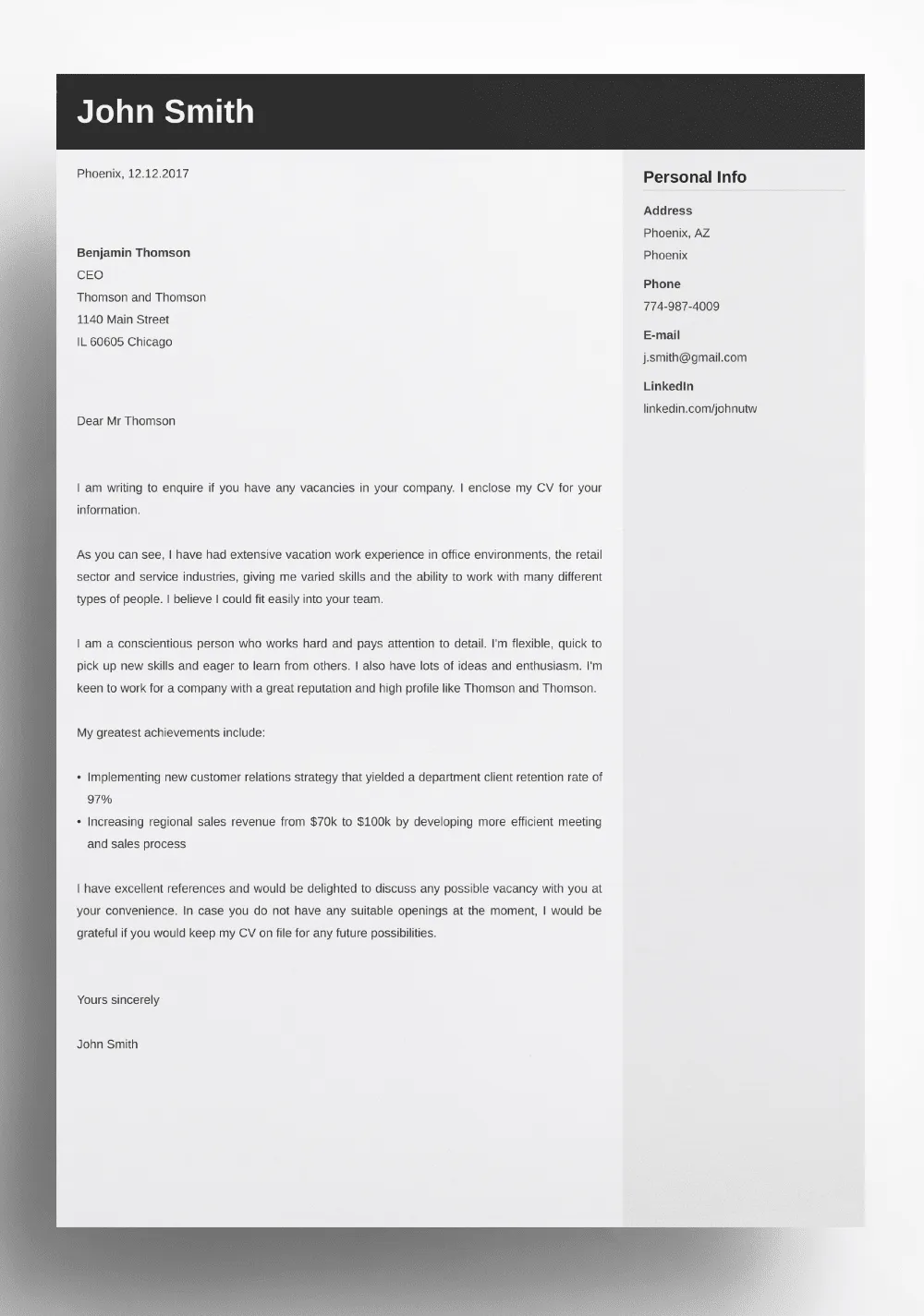
Many resources are available to help you write a compelling cover letter. Online job sites often provide cover letter templates that you can customize. There are numerous websites and blogs dedicated to career advice, offering tips, examples, and templates for cover letters. Career coaches and resume writers can provide personalized guidance and help you create a cover letter that effectively showcases your skills and experience. Reviewing these resources can help you understand the best practices for writing a cover letter and give you ideas on how to structure, format, and tailor your own letter. Utilize online cover letter builders to easily create a professional document. Remember to adapt the templates to your individual needs and ensure that your cover letter accurately reflects your qualifications and personality. Take advantage of the many resources available to you, and create a cover letter that will help you land your dream job.
